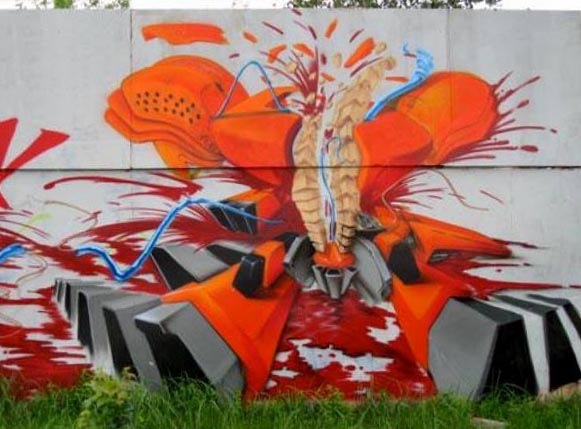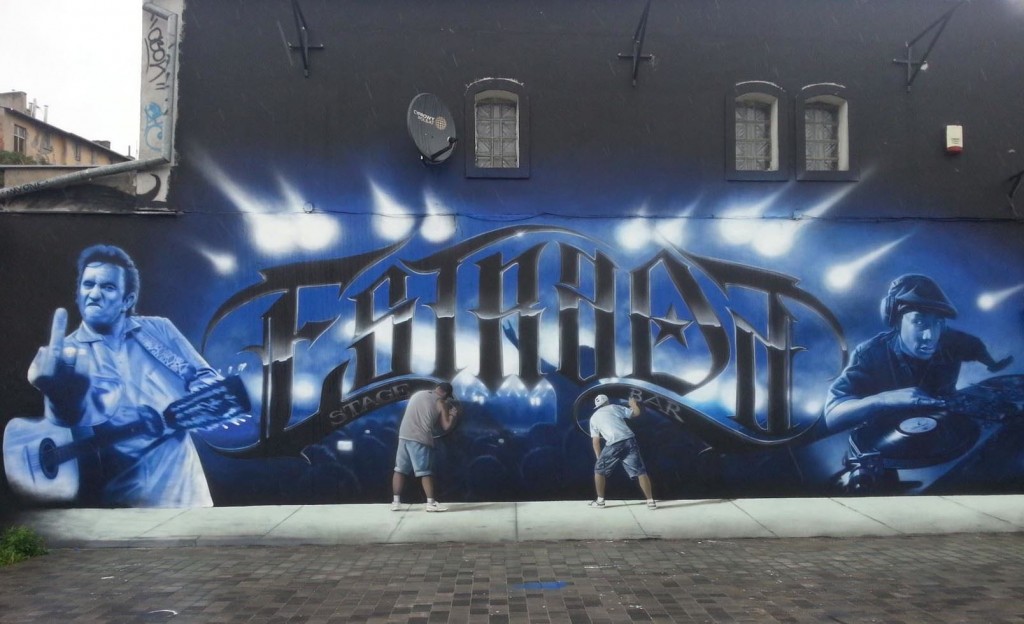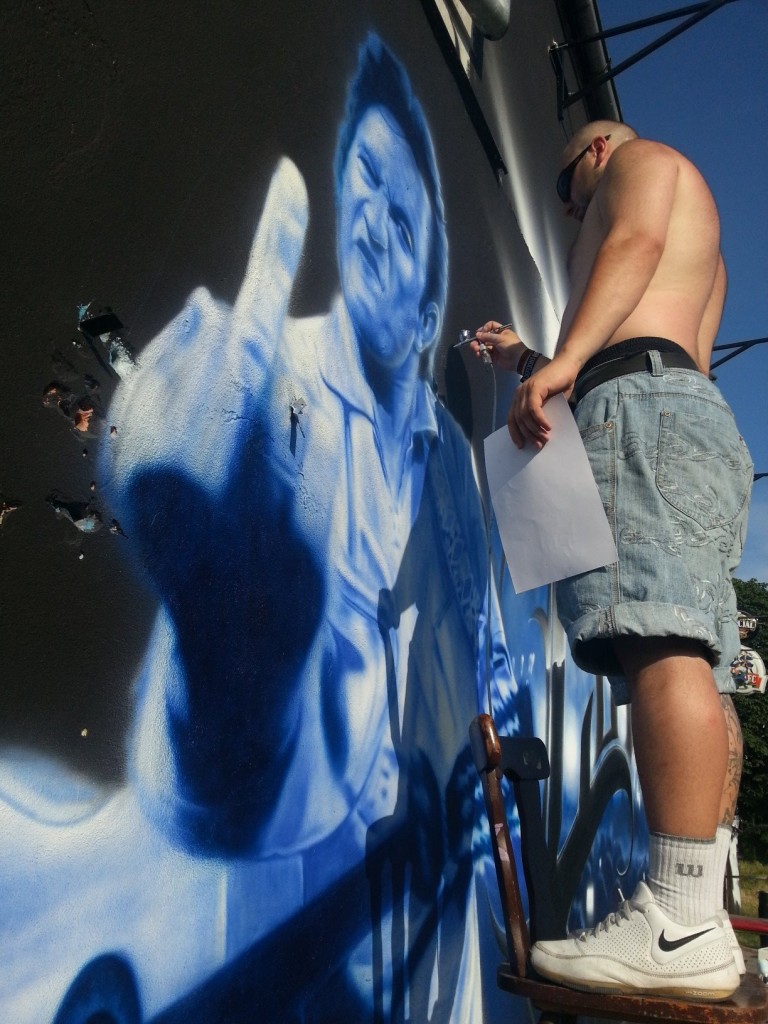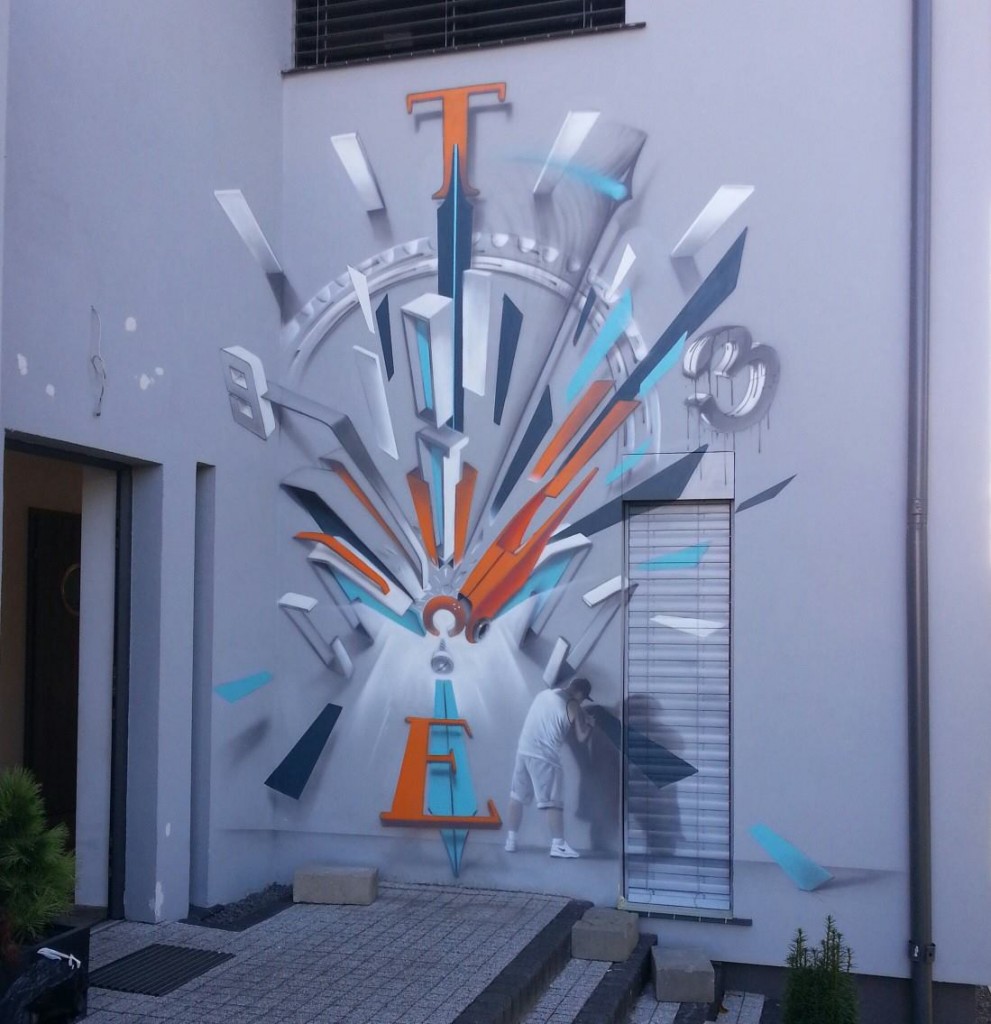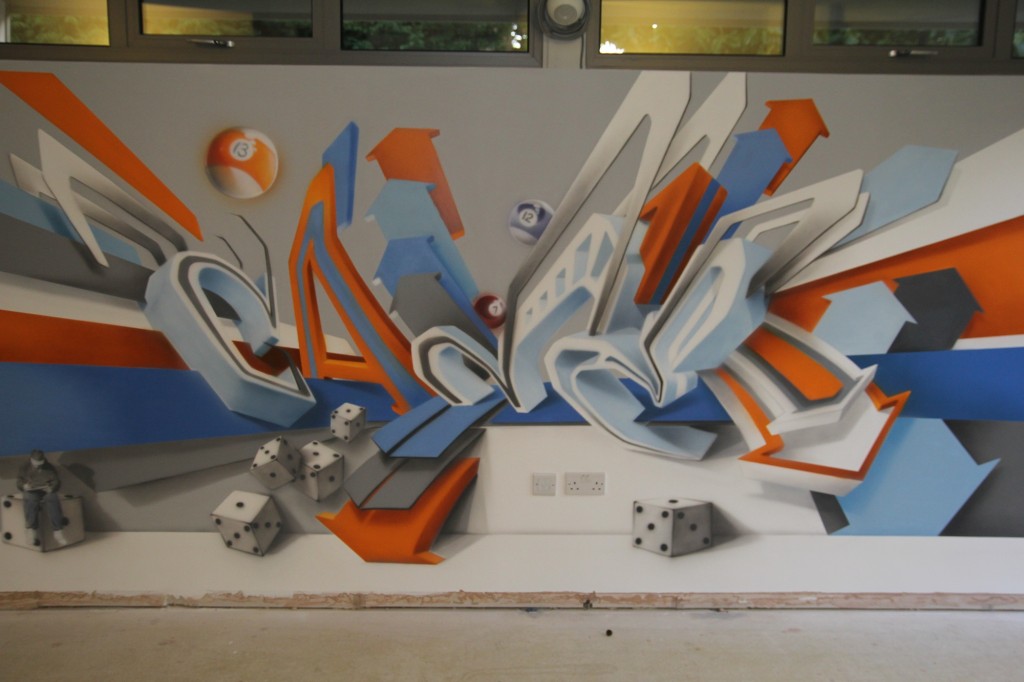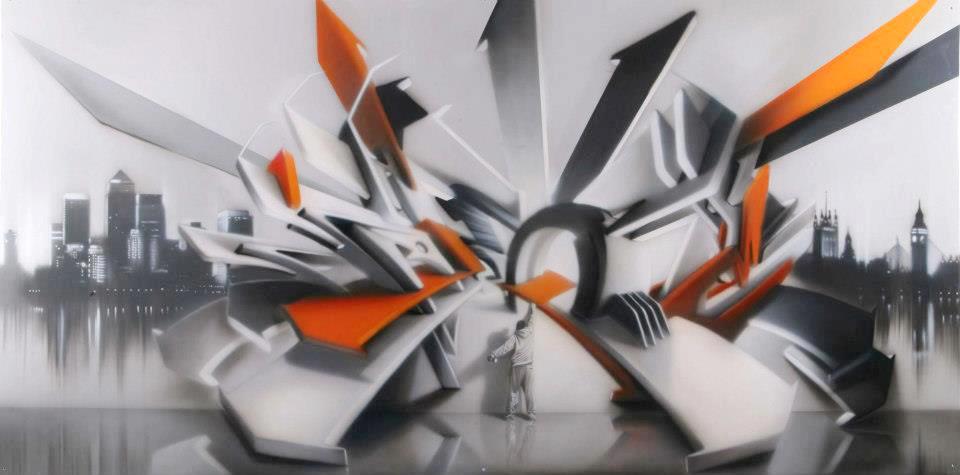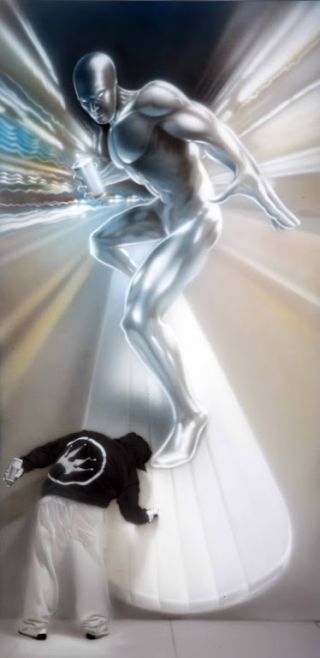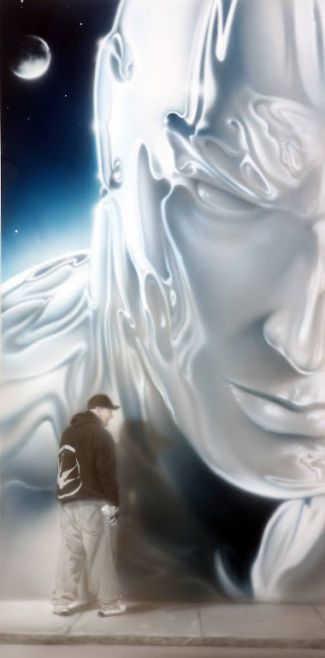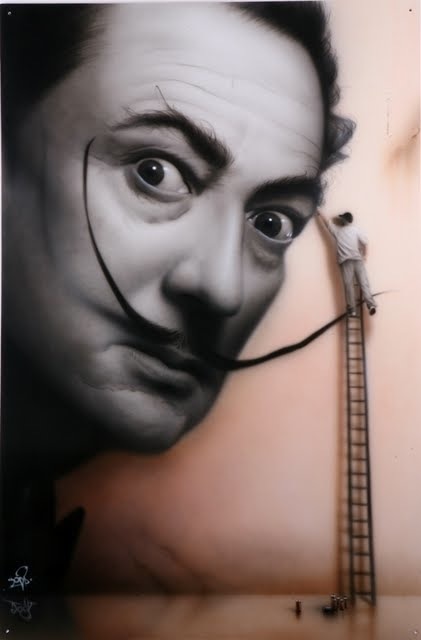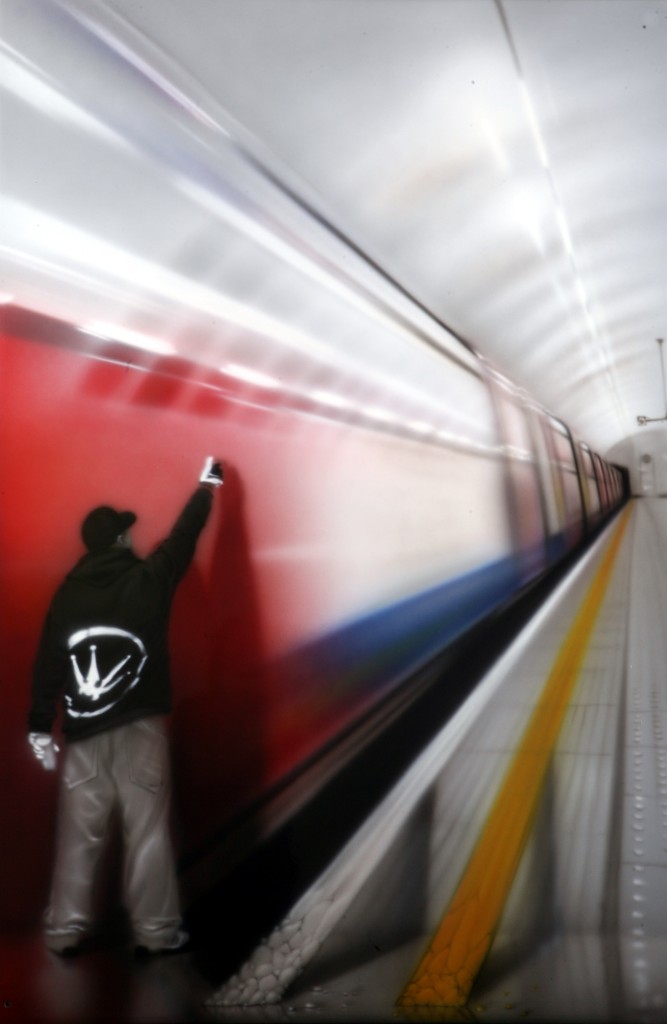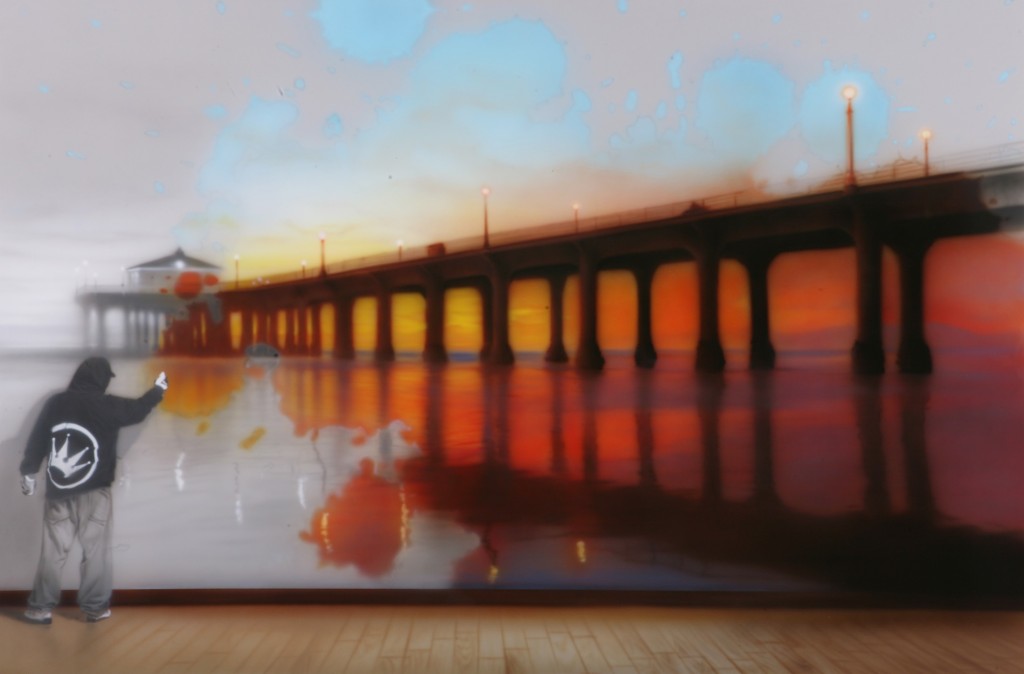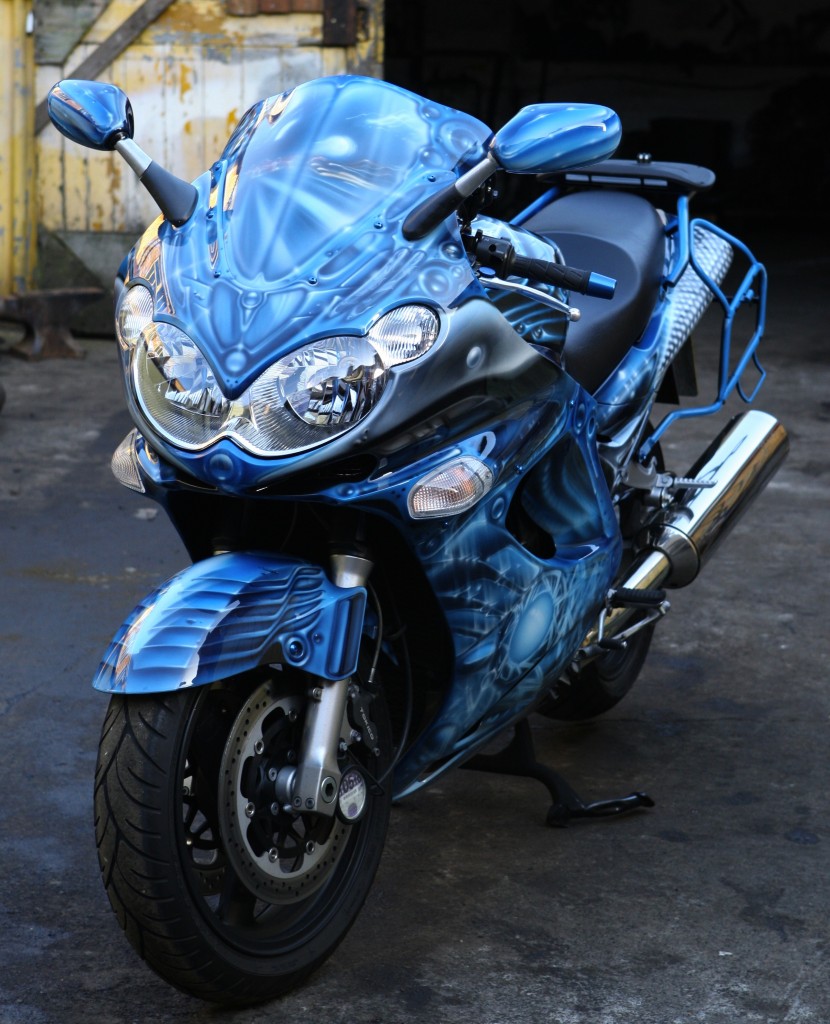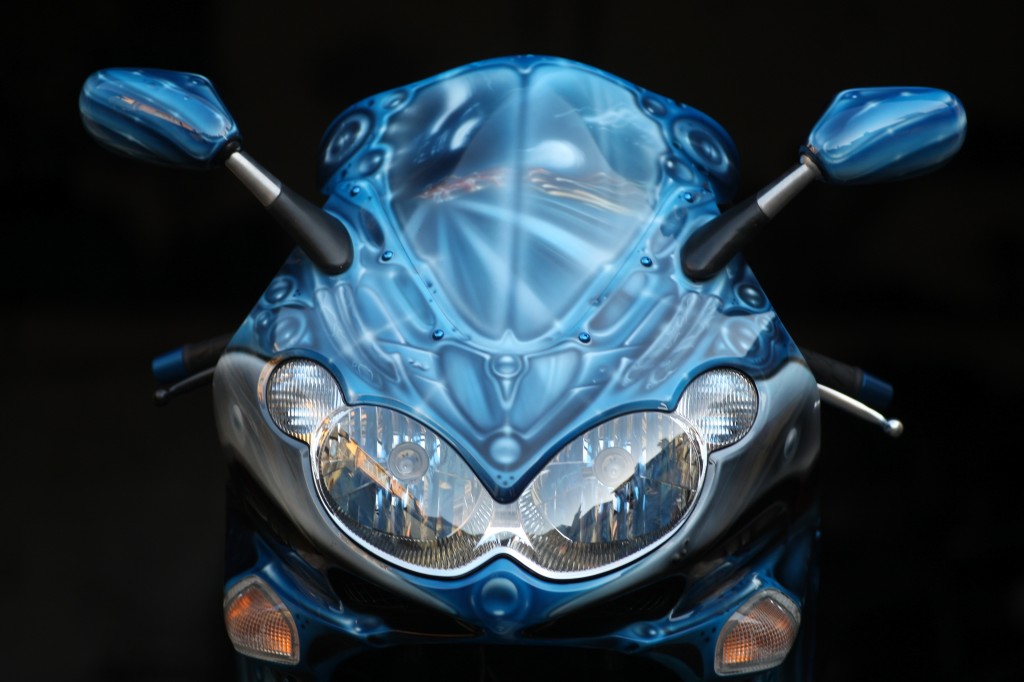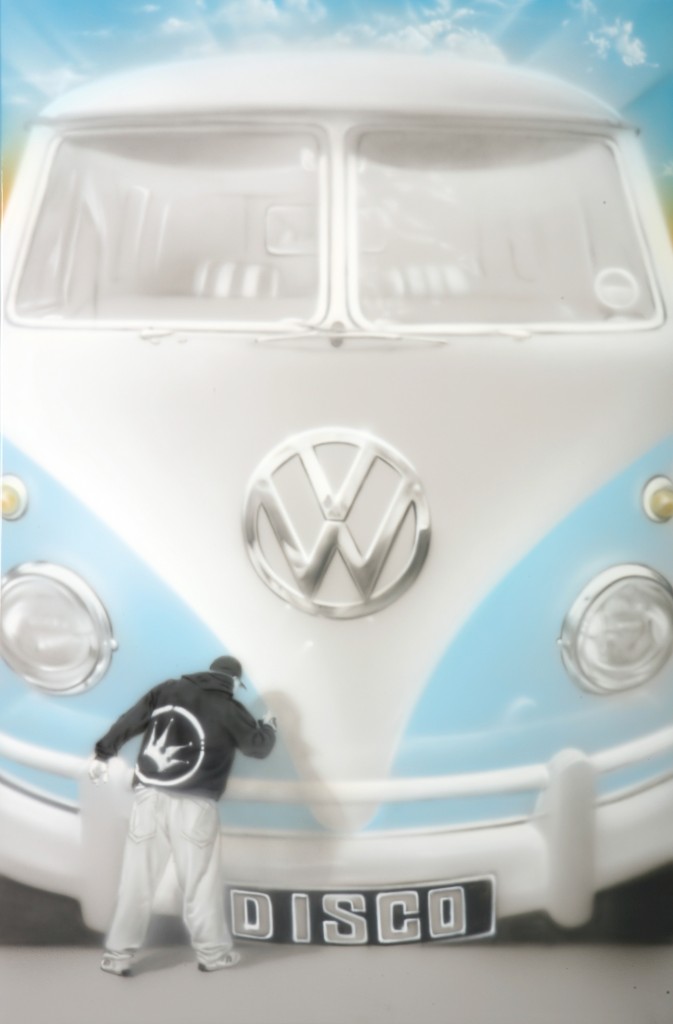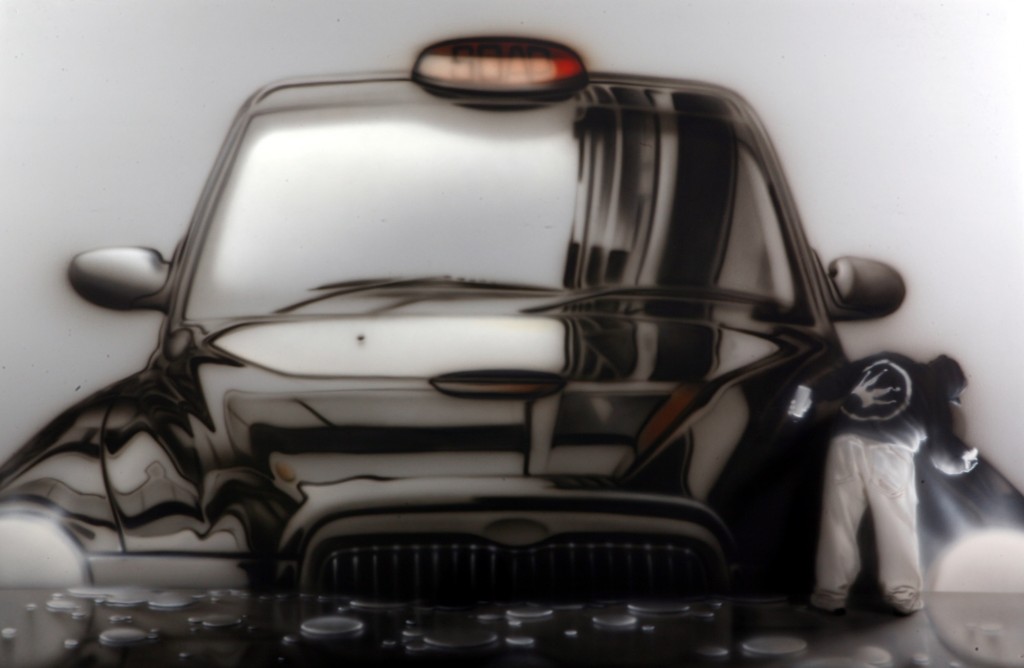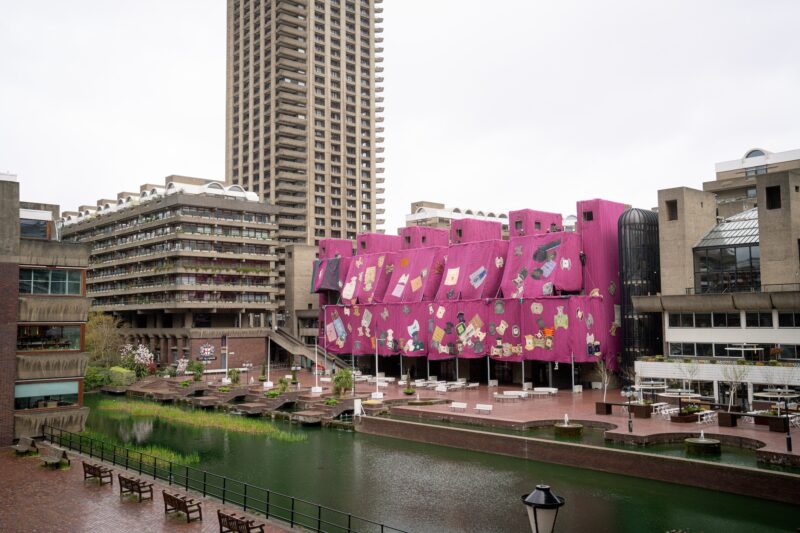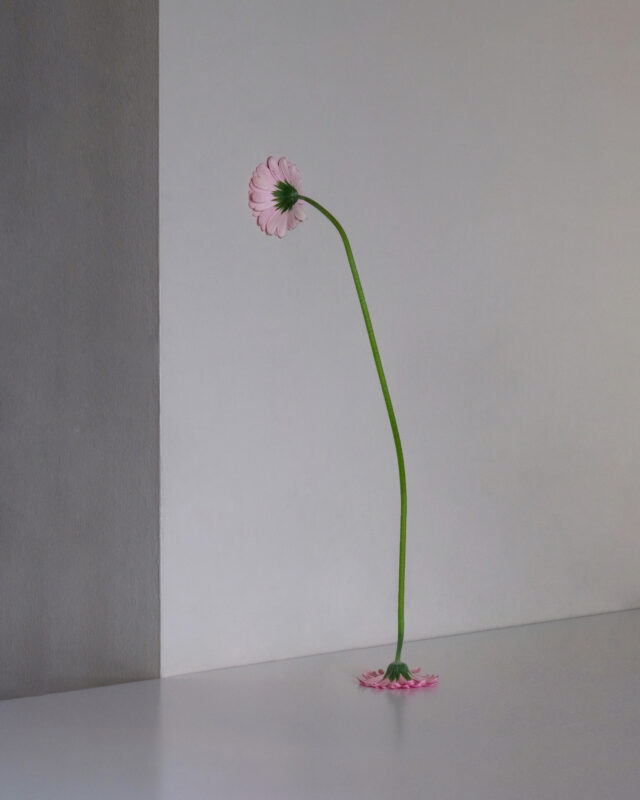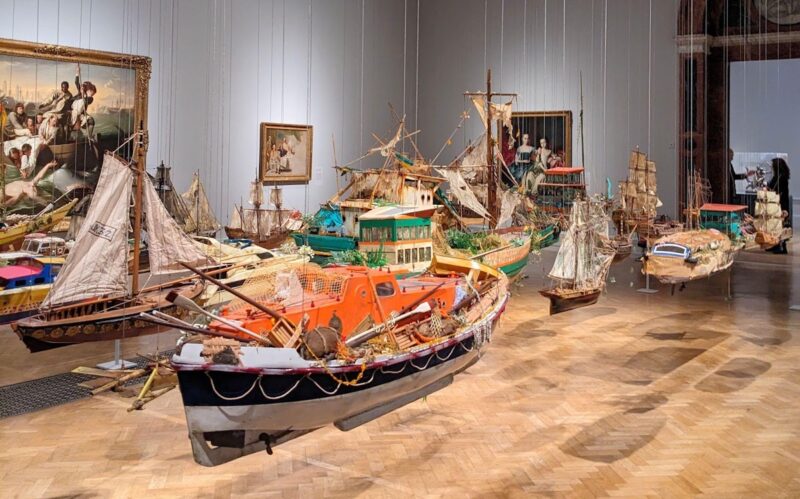
In the last decade graffiti art has been attributed with a new moniker, street art and urban art being the most circulated, as well as a newfound authorized status. Typically, the fabric of a city is a graffiti artist’s gallery space, public and rather significantly, democratic, street surfaces of all descriptions are gratis canvases for the diversity of eclectic visuals and culturally powerful messaging. And whilst London’s urban landscape may appear embellished with tags, 3d lettering and character-driven tableaus, nothing compares to the panoramas in Europe and especially the mural-adorned vistas in Poland.
Polish-born, street artist Adam Klodzinski aka SOAP, whose first major London exhibition launches this Summer elaborates, “I think the biggest difference between graffiti culture in the UK and back home, particularly in my town Bydgoszcz, is we have we have lots of space and loads of tall buildings to do big murals, we’ve got eleven storey apartment blocks with murals covering an entire wall. I haven’t seen so much of that type of thing in London, I know you have the odd Banksy but in Poland wall art is far more common because since around 2008 we’ve been collaborating with the council who pay for everything. I’ve done three or four, the council obviously have their criteria and want to know what you are going to paint but the design idea usually comes from the artist. It actually took years of us approaching them but we just kept trying and trying and once we proved that this was a really good thing for the city they agreed. It’s become such a big thing in Poland and very fashionable amongst graffiti artists… I think people like it because it’s so grey there and the people in the blocks with the murals on them are also very pleased, so the council can see benefits. Also it stops tagging a little bit and I suppose the council sees this as a benefit too.”
SOAP still paints walls, both with and without permission, and feels the same level of enthusiasm for outdoors work as he does for canvas work, “there’s no difference for me, I just love what I do,” although he states that he is more of a legal artist nowadays as is demonstrated by the 100 metre-long wall at Pokesdown Station that was commissioned by the borough of Bournemouth in 2011 and is appropriately Bournemouth-themed. However in a matter of months SOAP’s photo-realistic, airbrush artwork will make the transition from street art produced on the street, to street art produced specifically for a gallery environment.
“I show my art through the precision of the airbrush,” SOAP confides. “I started using it back in 2002, it took a couple of years to really learn the possibilities of it as a tool, it’s cool to work with because you are working with paint but you can do lines like a pencil. Spray paint is great but it has a limitation to the finesses of the lines. I really like my paintings to look like they are a wall mural so I may add a lamppost or a street sign and the airbrush gives me the possibility to do that, to trick the eye and putting myself in the drawing also does that, it’s been my trademark since back in the day, I call that character Little Adam. Little Adam is the connection between all my paintings. I’m also inspired by Surrealism especially Salvador Dali, in fact my first airbrush was of Salvador Dali. So my version of Surrealism is I may stretch the legs of the person in the painting or add letters, or I’ll put myself in places where I probably would never have the opportunity to go. For instance at the moment I am working on a piece of an aerial view from a skyscraper in which you can see the street and all the cars below with Little Adam there at the top.”
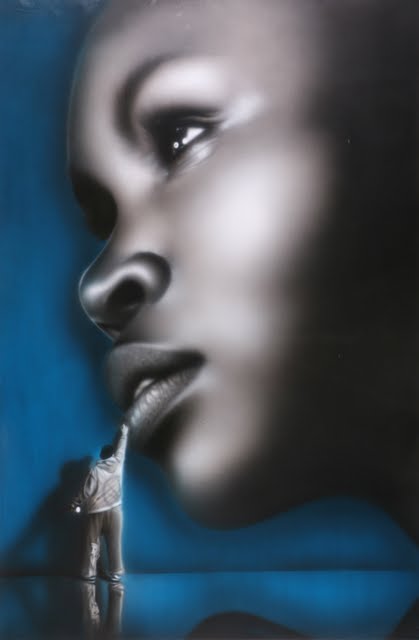
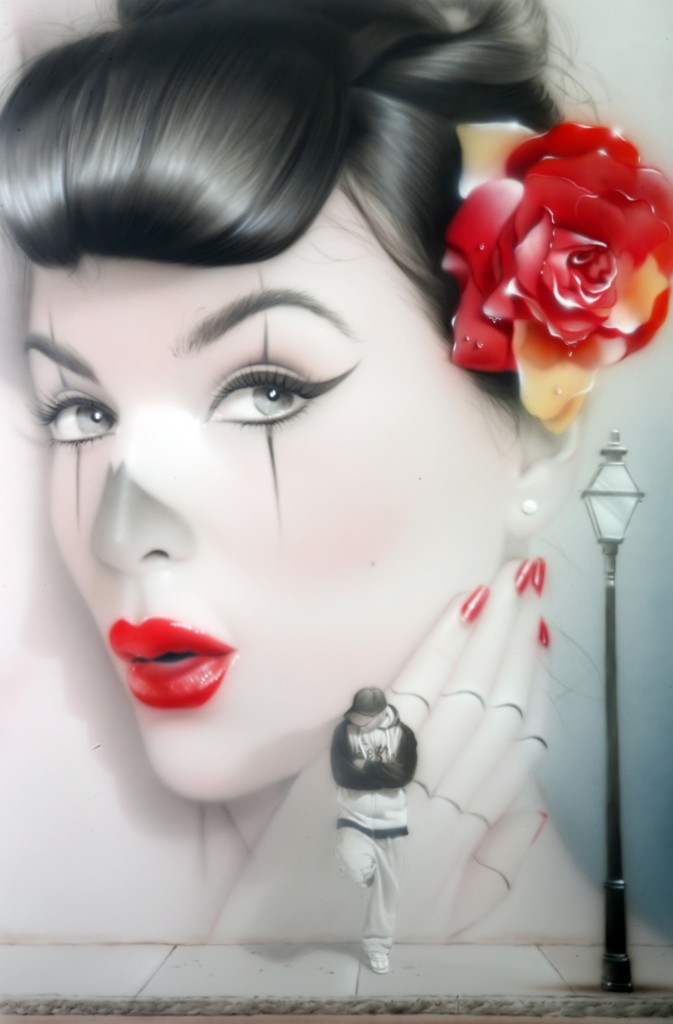
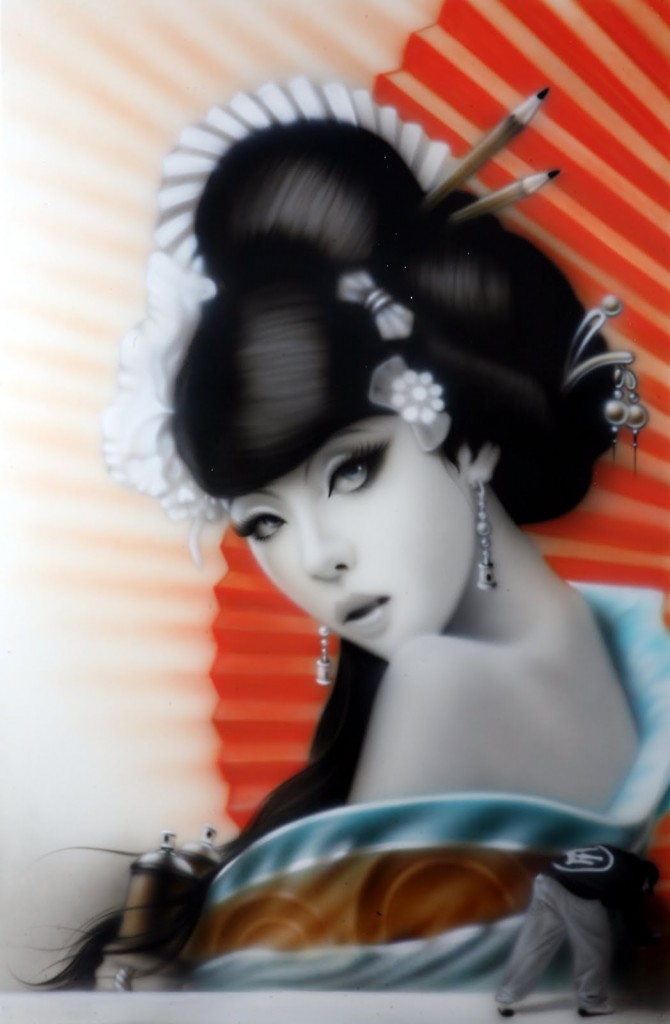
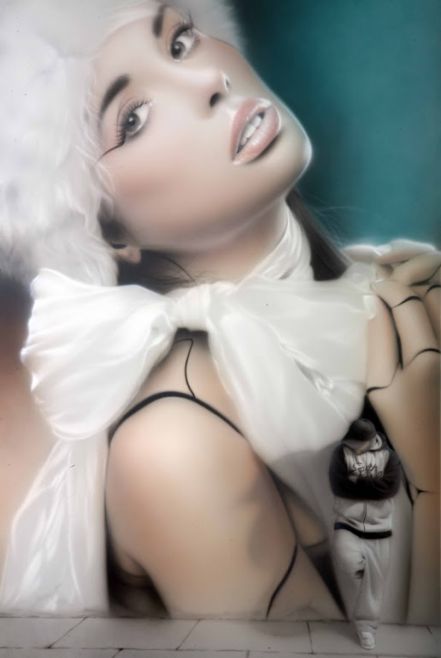
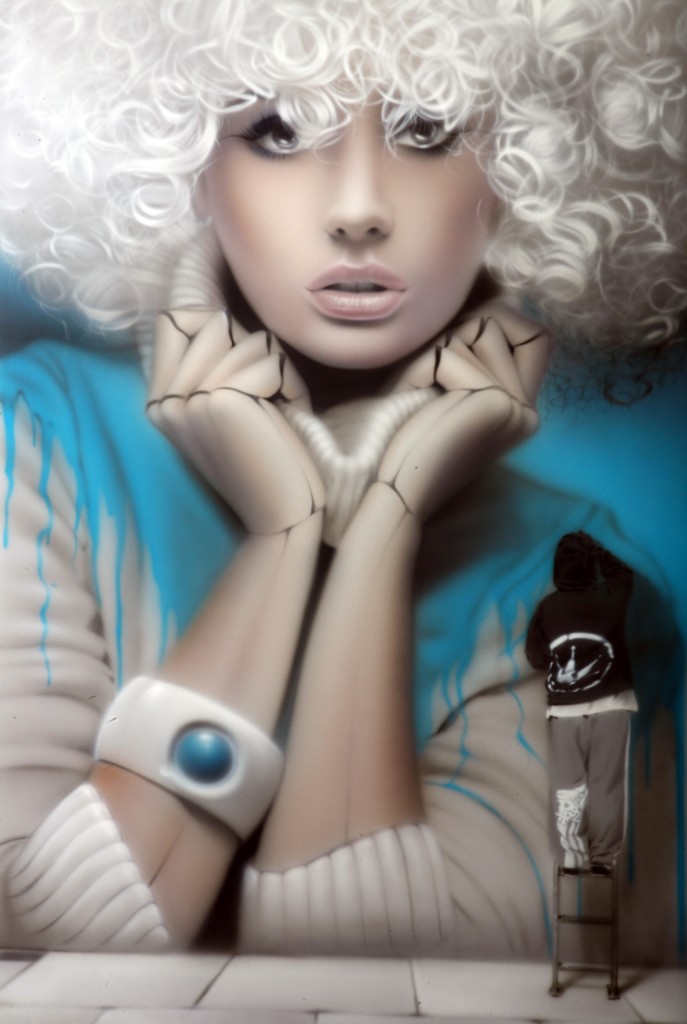
By his own admission, SOAP’s artwork sidesteps social commentary, which is unsurprising when he reveals that political messaging is not as popular amongst Polish graffiti artists, who are more artistically-led as opposed to politically inclined, as it is amongst the UK contingent, however plans to incorporate a socially aware position may figure in future work, he shares. Nonetheless, SOAP’s work features mainly slender and attractive females which in itself implicitly lends itself to socio-political debate.
“I think in Poland we are more individual, we bring our different styles, it’s more about lettering which is a very American thing. When I was very young back in Poland, I use to get the magazine Graphotism and I was following art from the UK and what I noticed was that England has a bit of a different style from the rest of Europe, you seem to have more stencil art which we don’t do so much of and not as much lettering as say Germany, France or Spain. In terms of those whose work I’ve been following are people like Daim and Cantwo both from Germany, and Cope2 from America, they all became popular because they have been traveling a lot and painting big murals all over the world doing very nice styles and people have got to know about them…”
SOAP was fifteen, in the mid 1990s, when he first became aware of graffiti art: “I started on a piece of paper because there were no spray cans in Poland back in the ‘90s. The first spray can I picked up was normal car spray because there was nothing like Montana [professional spray paint] at the time, those came to Poland in ‘98 or ‘99, so I started on a piece of paper because it was easy and then when I had a little bit of money I took some projects and banged them on a wall. All the time I was doing 3d lettering and like any 3d artist you find your own tag and I found mine while flicking through an English dictionary, I chose SOAP because it flowed as a graffiti font. I also learned to do characters. I taught myself but I hung out with other graffiti artists and so you learn from each other. At 18 I joined the biggest crew in my city called B2 and we were bombing trains etc. Now they have put in a few cameras but at the time there was no cameras… you still had to run fast though! So around aged 20 I said to myself that this was going to be my way and decided to take it to another level and earn a living from it, I spent a lot of time learning everything to do with graffiti so I wasn’t limited to the one thing. I became professional around 2002. It took time to get a reputation but I started to get commissions and when I moved to England in 2006 I saw lots of street art galleries and this made me think about doing my first paintings on canvas.” At the time SOAP was working in a custom vehicle workshop spraying cars and motorcycles adding another learning curve to his skill set.

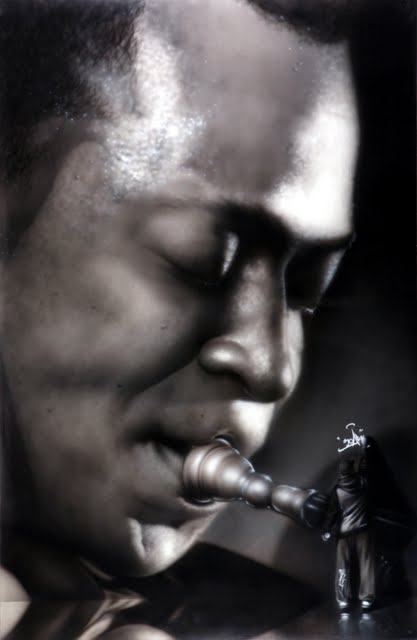
After years of experimenting with various stylistic forms before establishing his signature design, SOAP’s first big break came in 2008 with his first official collection titled ‘Jazz Band’ which comprised of six portraits of legendary musicians including Louis Armstrong, Miles Davis and Dizzy Gillespie. All six were bought immediately by a collector. Since dedicating himself full time to the role of street artist, SOAP has acquired a miscellaneous range of professional and commercial assignments applying his prowess to surfboards, kite surfboards, a Harley Davidson, a camper van alongside customizing motorbikes and other vehicles, yet it is canvases and his work on ‘legal walls’ that have accrued the most attention in the last six years. Portraits of recognizable pop culture icons such as Naomi Campbell, Florence Welch, Rihanna, Marilyn Monroe, Dizzee Rascal and Goldie have been seized by prominent collectors. Family portraits, which can take anything between 1-3 weeks, are equally in demand. “I’ve met really great people, wealthy doesn’t necessarily mean snobby, you have a responsibility painting directly on the walls of someone’s house. I don’t care what other people think, it’s up to me how I earn my living, I need to live and I’m now able to do that through something I feel passionate about. I’ve accomplished so much, my friends from back in the day know where I come from; where I started, because I used to work in factories and building sites etc.”
SOAP’s portfolio of work is impressive and full of colour, literally and emotionally, his genuine love for graffiti culture is clearly apparent and the integrity of his vision undiluted. SOAP’s solo show is designed to appeal to many different audiences; it’s designed to be spectacular. Fait Accompli.
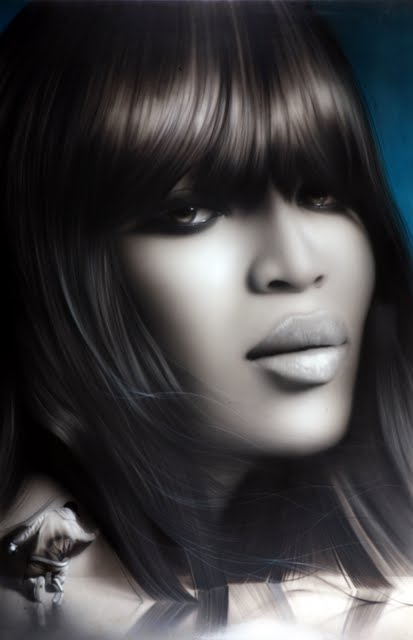
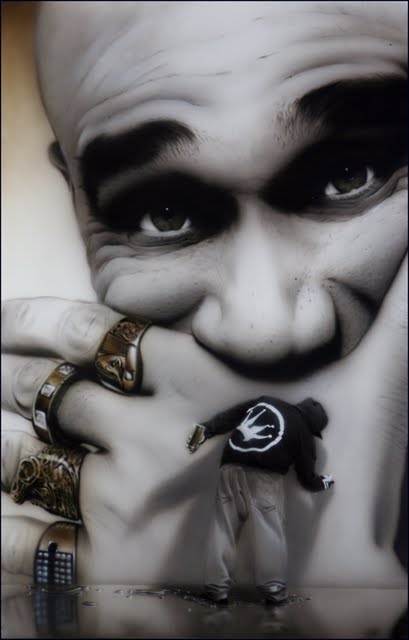
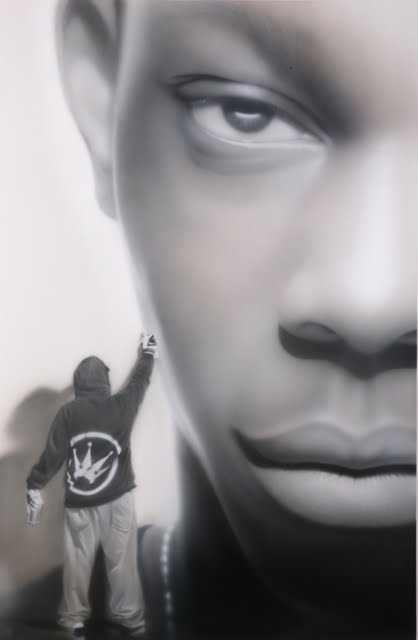

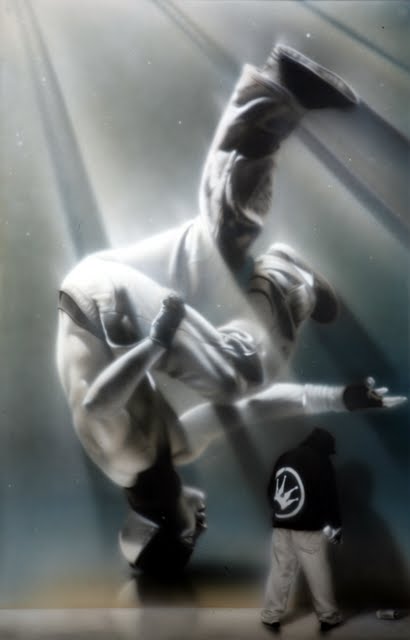

SOAP Solo Show, 11th-18th June 2014
Westbank Gallery, 133-137 Westbourne Grove, London W11 2RS
www.londonwestbank.com
www.urbanartistsoap.com
Words: Stephanie Talbot

